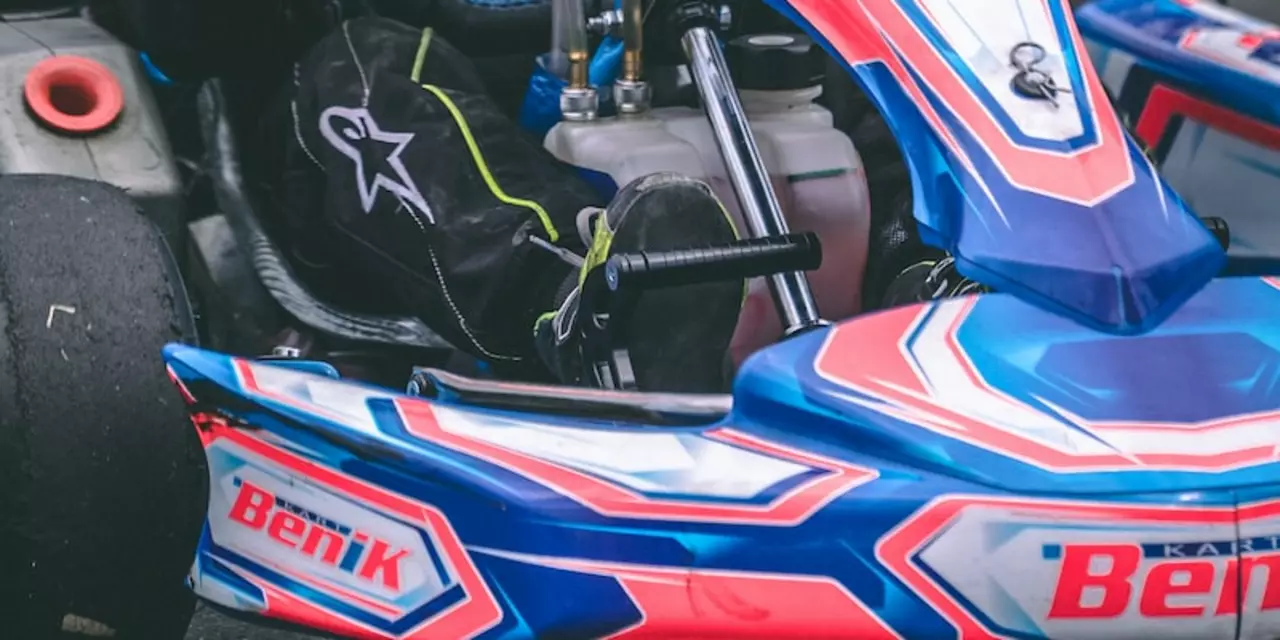Go Kart Racing Tutorials: Your Quick‑Start Guide
Thinking about hitting the track in a go‑kart but not sure where to begin? You’re in the right place. We’ve pulled together the most useful tips so you can get on the track, stay safe, and start shaving seconds off your laps. No fluff, just straight‑to‑the‑point advice.
Getting Started with Karting
The first move is finding a local karting venue. A quick Google search for “go‑kart track near me” will give you a list of options. Call ahead and ask about their beginner programs – most tracks run a short intro session that covers safety rules and lets you try a karts under supervision.
Next up is gear. You don’t need a full‑blown racing suit right away; a sturdy helmet that meets Snell or DOT standards is a must. Pair it with a racing‑grade glove and a simple pair of closed‑toe shoes. If the track offers helmets, you can rent one, but having your own ensures a proper fit.
Most tracks require a racing license. Don’t let that scare you – the process is usually a brief written test and a quick on‑track assessment. It’s designed to make sure you understand basic flag signals and speed limits. Grab the application from the track’s office or their website, fill it out, and you’ll be good to go.
Now, get a feel for the kart. Sit in, adjust the seat belt, and practice the steering and brakes while the kart is stationary. The steering is very direct, so small movements equal big direction changes. Get comfortable with that sensitivity before you hit the gas.
Boosting Your Skills Fast
Once you’re on the track, start with the racing line. Look for the smoothest path around each corner – hit the apex, let the kart unwind, and get on the throttle early. The goal isn’t to “go fast” in a straight line; it’s to carry speed through the turns.
Braking technique matters. Instead of slamming on the brakes, roll off the throttle a half‑second before you need to slow down, then apply the brake smoothly. This keeps the kart balanced and reduces wheel lock‑up.
Watch the other drivers. Notice how the pros tackle each corner, how they position their bodies, and how they use the kart’s weight. Mimic what works, then fine‑tune it to your own style.
Practice makes perfect, but you don’t need endless laps. Focus on one corner per session. Run a few laps aiming to hit the same apex each time. When you feel consistent, move to the next corner. This method builds muscle memory fast.
Finally, keep a small notebook or use a phone app to log your lap times, where you lost time, and what felt good. Review it after each session and set a tiny goal for the next visit – maybe shaving half a second off a specific turn.
That’s it – a straightforward roadmap to start karting and improve quickly. Grab a helmet, find a track, and hit the gas. The faster you practice the basics, the sooner you’ll be racing with confidence.
How do I start go kart racing?
Go-kart racing is a fun and thrilling sport for both adults and children that can be enjoyed anywhere. The first step in getting started is to find a local go-kart track and get some basic equipment. You will also need to get a racing license from your local racing organization and join a racing club. Once you have the necessary equipment, you will need to practice your skills and learn the rules of the track. Finally, you can start racing and competing against other drivers. With dedication and practice, you can take your go-kart racing to the next level.
Read More